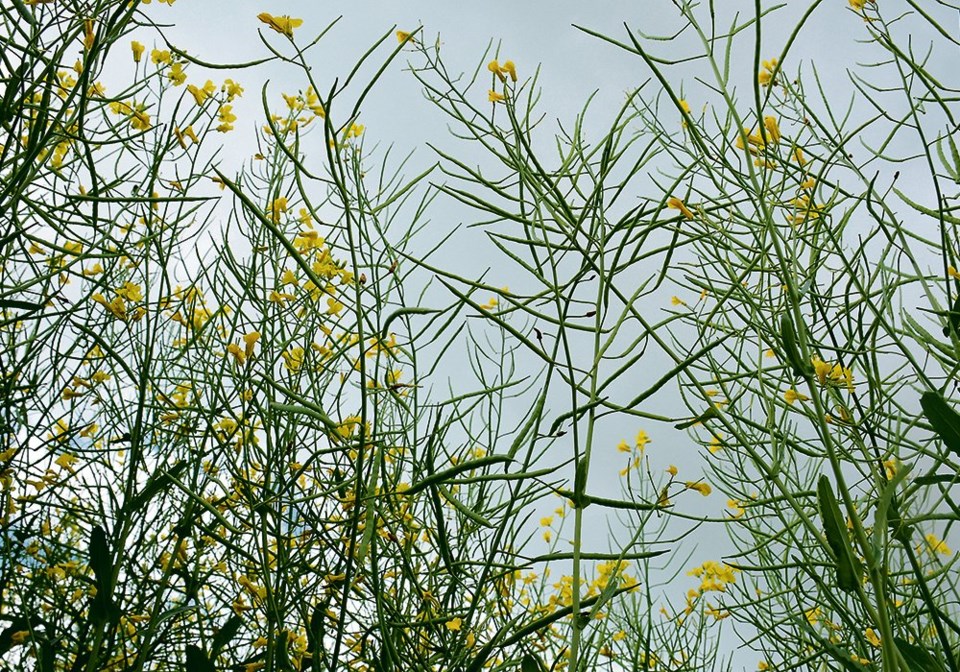WESTERN PRODUCER — Canola futures prices are bouncing around as forecasters try to determine the size of oilseed production here, in the United States and elsewhere.
The U.S. Department of Agriculture monthly supply and demand report Sept. 12 called into question what had been an impression that global oilseed supply would be more comfortable this year.
The report surprised everyone with a U.S. soybean yield forecast of only 50.5 bushels an acre, down from 51.9 bu. in the August report. It also cut harvested area to 86.6 million acres from 87.2 million.
It saw production at 4.378 billion bu., below the range of analysts’ expectations of 4.44 to 4.57 billion. It forecast ending stocks at only 200 million bu., the lowest in seven years.
In the minutes following the report, November soybeans shot up more than five percent and November canola more than 3.5 percent.
That was a marked departure from recent experience when prices were falling.
The November canola contract last week fell to a level not seen since before the drought established last summer, however the price remained strong compared to any point before 2021 began.
A weaker canola price would not be surprising given this year’s crop is improved and the fact that we are in harvest when prices usually are under pressure.
The prices of competing oilseeds were also down from the highs this spring and crude oil’s price was lower.
The scarcity of canola last spring caused its price to break from traditional relationship with soybeans.
In the first half of 2020, canola was worth only about five percent more than soybeans.
Both oilseeds soared in the first half of this year but canola clearly outpaced soybeans. When canola peaked in late April its price was more than 50 percent higher than soybeans. Price rationing was narrowing the list of buyers down to only those who had to have it.
By last week, canola’s premium over soybeans had fallen to around 14 percent.
With more supply on the way, canola’s price will once again have to reach a competitive level.
But there are varying views on the size of the canola crop.
Statistics Canada’s production forecast issued Aug. 29, based on satellite images from July, tentatively pegged canola at 19.5 million tonnes, well up from last year but about the same as the 2020-21 crop.
That was based on a national average canola yield of 40.5 bu. per acres. The Saskatchewan yield estimate was 37.7 bu. per acre, Manitoba 43 bu. and Alberta 44.3 bu.
But two provincial agriculture departments think yields might be lower.
Saskatchewan Agriculture on Sept. 5 estimated the provincial canola yield average at 34 bu. Alberta Agriculture on Aug. 23 forecast yield at 40.5 bu.
Manitoba Agriculture on Sept. 6 said yields on canola harvested so far ranged 45 to 50 bu. per acre.
Canola supply estimates were filled out Sept. 7 with Statistics Canada data on July 31 ending stocks.
It pegged stocks at a tight 875,000 tonnes, about half the amount last year at the same point.
The next forecast of this year’s production based on modelling will be released Sept. 14.
StatCan raised its estimate of the 2021-22 crop to 13.76 million tonnes, up from the previous estimate of 12.60 million tonnes.
The USDA and other forecasters tentatively expect a major expansion of soybean production in �鶹��Ƶ America to 215.6 million tonnes, up 20 percent from last season’s drought-reduced crops.
However, those crops are not seeded yet and the outlook is based on average weather. The La Nina that helped limit rainfall last season is still in place and could again hurt yields down south.
Palm oil is another competitor in the vegetable oil sector.
Like other oils, it peaked this spring, partly driven higher by Indonesia’s brief export ban. But the price is now down about 44 percent. Earlier, analysts expected production would pick up in the second half of the year, pressuring prices even lower.
However, the labour shortages that plagued the industry in number-two producer Malaysia since the beginning of COVID continue.
Malaysian plantations get many workers from Indonesia and Bangladesh and with the lifting of travel restrictions the industry expected entry of 52,000 workers, but bureaucracy and concern over worker safety slowed that to a trickle, leading some production to spoil in the field, Reuters reported.
On the other hand, repeated COVID lockdowns of major cities in China are hurting demand from the largest palm oil importer.
Also, the status of China’s hog herd will impact soybean and canola demand.
Big operating losses last year and early this year caused farmers to shrink the herd. Supply and demand are in better balance now and profits have returned, but with fewer pigs, the demand for oilseed meal is reduced.




